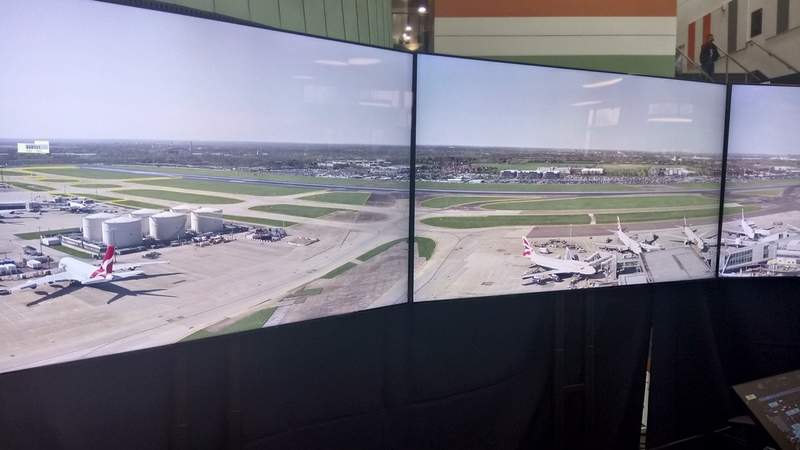
Scottish operator Highlands and Islands Airports (HIAL) has selected Inverness Airport as the preferred site for its new remote towers control centre.
A scoping study pointing out why Inverness Airport should be the preferred location for the new control centre has been accepted in principle by HIAL’s board.
HIAL’s Air Traffic Management (ATM) 2030 project is said to be the first of its kind in the UK, and was announced in January this year.
The new control centre will centralise air traffic management for seven out of HIAL’s 11 regional airports. The seven airports are located at Sumburgh, Dundee, Inverness, Wick John O’Groats, Kirkwall, Stornoway, and Benbecula.
HIAL managing director Inglis Lyon said: “The scoping study identifies Inverness as having the most compelling case to support HIAL’s continued delivery of its core activities.
“We have also taken the views of our staff into account and Inverness was their preferred option should relocation be required. Inverness is best suited from a technical, operational and staffing perspective.
How well do you really know your competitors?
Access the most comprehensive Company Profiles on the market, powered by GlobalData. Save hours of research. Gain competitive edge.

Thank you!
Your download email will arrive shortly
Not ready to buy yet? Download a free sample
We are confident about the unique quality of our Company Profiles. However, we want you to make the most beneficial decision for your business, so we offer a free sample that you can download by submitting the below form
By GlobalData“Inverness is centrally located in relation to the other HIAL airports and has direct flights to Sumburgh, Kirkwall, Stornoway and Benbecula. It has road and rail connections with Dundee and Wick.”
In addition, the board committed to conduct a communities impact assessment.
HIAL interim chair Lorna Jack said: “The implementation and delivery of the remote tower and surveillance centre is the largest and most complex project HIAL has ever undertaken.
“That is why we are committed to undertaking a thorough communities impact assessment that will take into account the views of local people, business leaders and local authorities to ensure the best decisions are made.”
HIAL has started a process to create a dedicated project team to manage the project, which is likely to be completed in eight to ten years.



